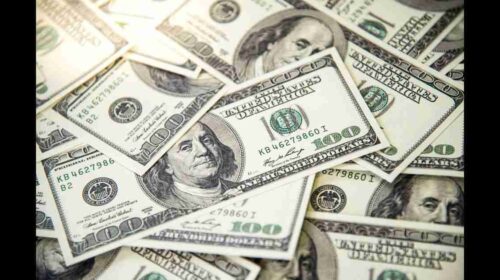Eric Nuttall, partner and senior portfolio manager at Ninepoint Partners LP, has told the Financial Post that oil prices will return to $100 per barrel in 2023. According to the analysts, many of the headwinds that have cut short the oil price rally this year including China’s zero-Covid policy and the coordinated SPR releases by several governments, will no longer be there in 2023. Coupled with sanctions on Russia’s oil and gas, this should elevate oil prices. He has also predicted that the energy sector will continue to outperform other market sectors due to high demand in oil and gas stocks.
Last week, the Bank of America predicted that Brent could quickly go past $90 per barrel on the back of a dovish pivot in the U.S. Federal Reserve and a “successful” economic reopening by China.
BofA has forecast that Brent prices–currently trading at $77.93–will average $100/bbl in 2023 thanks to Chinese oil demand recovery on a post-COVID reopening coupled with a drop in Russian supplies of about 1 million barrels per day (bpd). According to the investment bank, OPEC+ is likely to fully implement a 2 million bpd output cut in a bid to boost oil prices.
The forecast has come at a time when oil prices have been steadily declining due to fears that a weakening global economy would curb fuel demand. Last week, Beijing announced the most sweeping changes to its strict Covid-19 guidelines, including relaxing testing requirements and travel restrictions. Further, people infected with Covid-19 but have only mild or no symptoms are now allowed to isolate at home instead of convalescing in centrally managed facilities.
“Our oil demand and price projections for 2023 rely heavily on robust China and India demand growth, so any Asia reopening delays could affect our expected price trajectory,” said the bank, adding that the path to a post-pandemic environment may not be easy “given the low levels of immunity in China.”
Crude oil futures have surrendered nearly all gains for the year, posting their largest weekly losses in more than eight months, as restarts for key pipelines eased supply concerns coupled with ongoing worries about a global recession and weaker crude demand from China.





